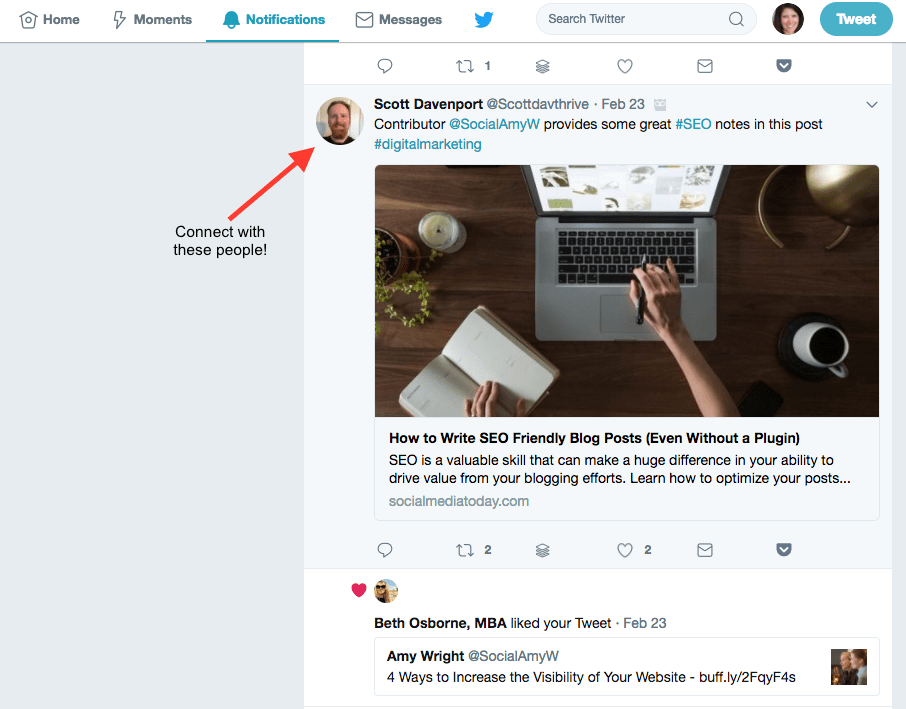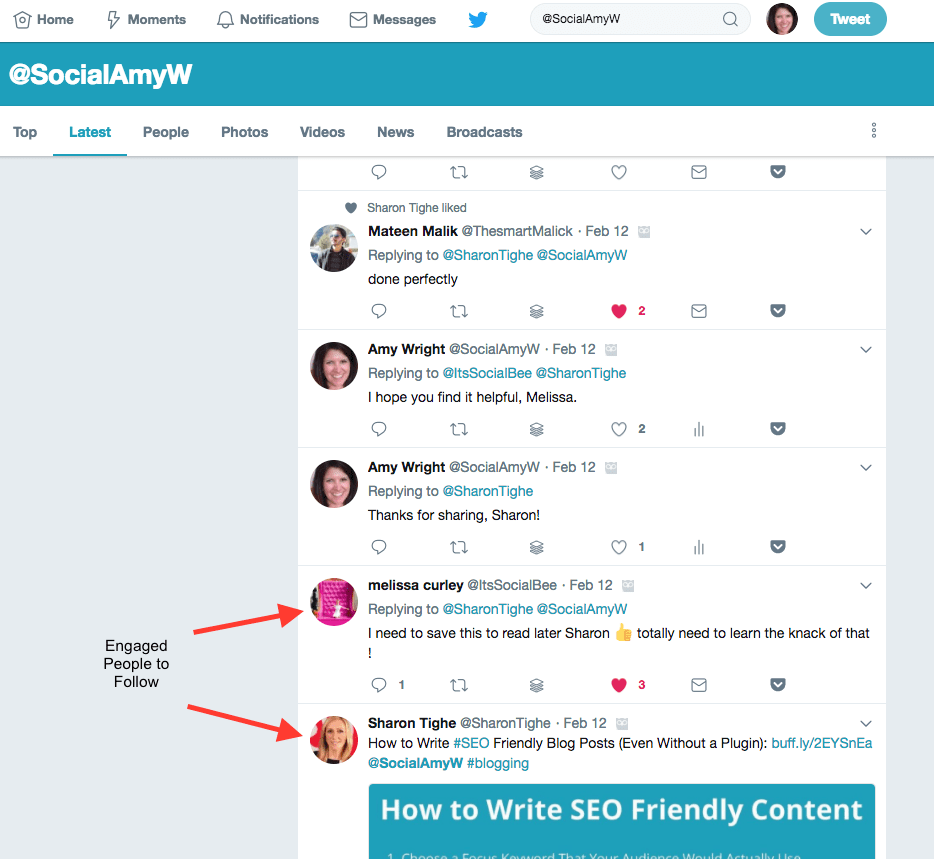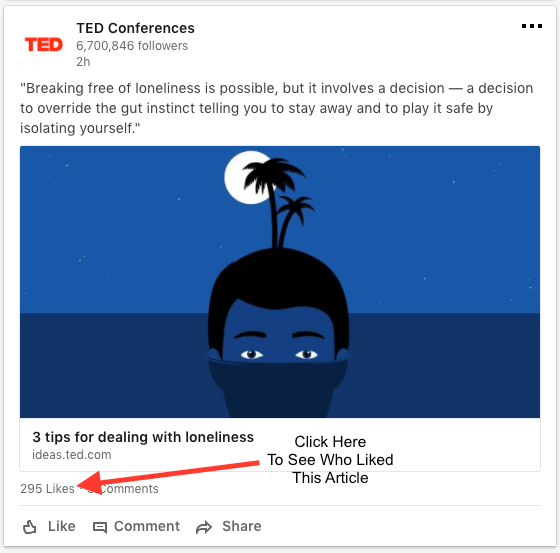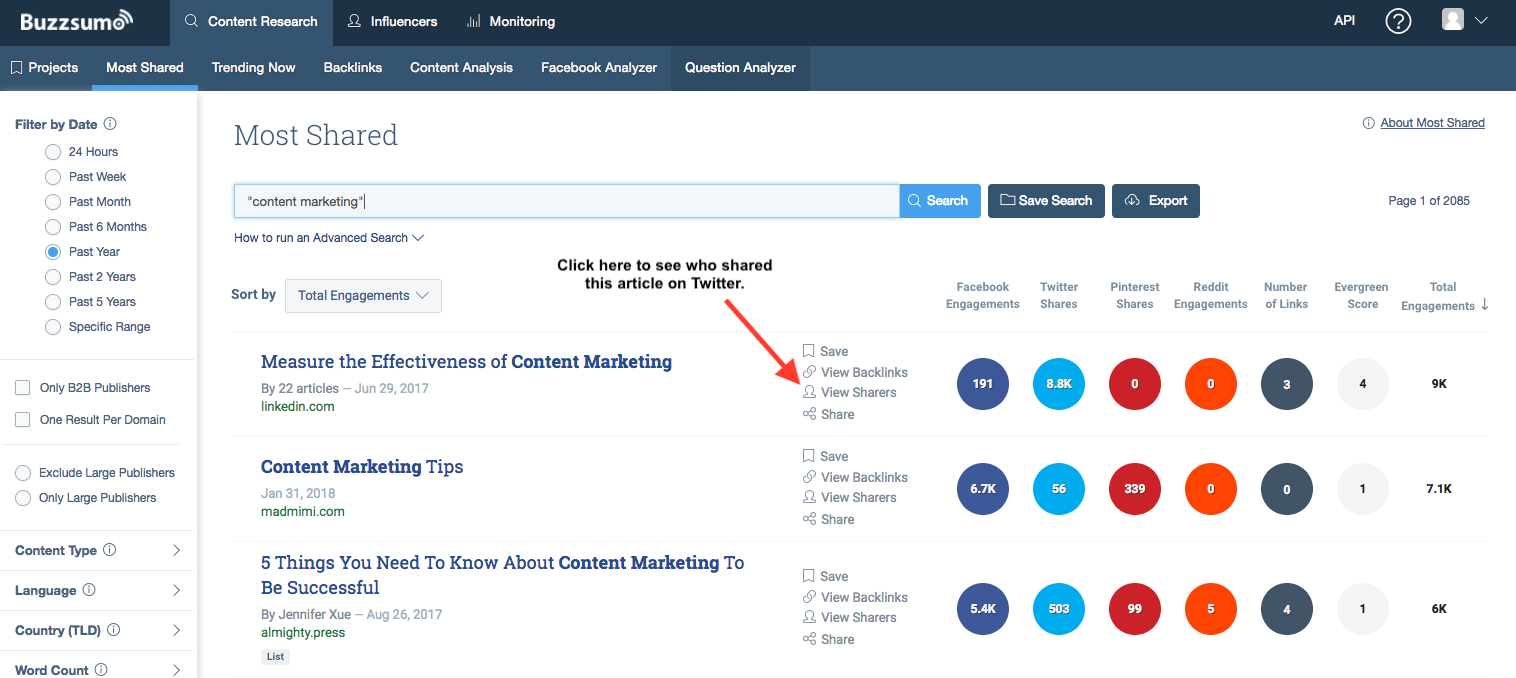
Last updated March 6, 2019.
It’s 5:49 pm on a Tuesday evening. You finish a blog post, hit publish, and head to dinner. When you arrive at the office on Wednesday, you eagerly check your metrics only to find that your post barely attracted a handful of visitors. And one of them was your mom.
A frustrating situation for sure, but not unusual. In the crowded and competitive online world, your content doesn’t stand a chance unless you execute on a few content promotion ideas in addition to hitting publish.
“But wait!” you might say. “I did everything right! I researched my blog topic, crafted a quality piece of content, and optimized it for SEO. Then, once it was published, I shared it with my email list and posted it on social media. What else could I have done?”
Plenty. In fact, your job has barely started.
Many experts cite the 80/20 rule, suggesting that 20% of the time you spend on content should be dedicated to the creative process and 80% to promotion. Yet, promotional strategy effectiveness tends to change. BuzzSumo just released a new Content Trends report that says the content promotion strategies we used just 3 years ago are 50% less effective today. Fifty percent!
But, quite frankly, I’m relieved to see this data. 3 years ago, many companies still favored quantity over quality and some companies are still stuck in that mindset. This report from BuzzSumo may be exactly what you need to convince your stakeholders that it’s time to slow down and focus on building quality content and real relationships with people who will engage with it.
To that end, here are 5 content promotion ideas that can improve your game and the content marketing tools that make it easier.
1. Build a Detailed Social Media Promotional Schedule for Each New Piece of Content

Promoting new content to your social channels is common practice, even with the decline of organic reach. But unless you create and adhere to a promotional schedule, it’s easy to share your content once or twice then forget about it as you move on to your next project.
Avoid this trap by developing a basic social media campaign that you can use for every piece of content you create. Then save it as a template. If necessary, create additional templates to suit the promotional goals of different types of content. For example, a blog post sharing schedule for Twitter might look something like this:
- Week 1 – share every day
- Week 2 – share twice
- Week 3 – share twice
- Week 4 – share once
- Ongoing – share monthly for six months
Plan the precise wording of every social message in advance. Build a vibrant collection of social posts with varying text, images, and hashtags that all promote the same piece of content. It’s fine (and even advisable) to share the same content on your social channels multiple times. But alter the text and weave it in with other types of posts, so your social presence doesn’t become stale.
Finally, plot your messages on a calendar. This is when the tools come in. If you publish fresh content once or twice a week (or less), planning your content and social sharing schedule with a task management tool (like Asana or Trello) might work just fine. But if you publish content more frequently, a robust tool (like CoSchedule or Sprout Social) will make your life a lot easier.
After you publish the content (and the campaign is underway) track your results and make any necessary adjustments.
2. Grow and Nurture Connections with the Active Social Community
Of course, if you’re going to invest time into planning a social media campaign you’ll need an audience. And not just any audience, you want an active and engaged audience. You need contacts on social media who actually care about what you have to say so they will interact with your posts and help expand your reach.
Where can you find these connections?
Follow people who engaged with your content in the past.
If someone expressed interest in your content once, they’re likely to do it again. Nurture these connections by following them, engaging with their posts, and looking for opportunities to converse.
I find that Twitter is one of the best venues for this activity. Due to the open nature of the platform, people are more receptive to connecting with the broader community. When you receive a retweet, like, or mention (in response to a piece of your content) take a look at that person’s profile.

If they’re of interest, follow them and add them to a list so they stay on your radar. As your relationship matures, connect with them on other platforms as well.
Follow people who publish content that’s similar to yours and/or those who engaged with that content.
It’s unlikely you’re the only person creating content about your topic. Find other companies or authors who are writing about similar or complementary topics. Then connect with them and/or the people who interacted with their content.
I understand that some authors will be more desirable connections than others. If you don’t approve of their content or if they’re a direct competitor, you may prefer to keep your distance. But if they’re an influencer in your space or if they target a different market, you may choose to pursue a relationship.
Again, on Twitter this is easy. Once you find someone of interest, follow them. Then enter their handle into the search bar, choose “latest” and scroll through the results to find people who engaged with their content.

If you favor a different social media platform, most of them offer something similar. On LinkedIn, for example, you can see who engaged with a piece of content by clicking the “likes” link that is located below the image.

Building relationships with people who interact with your content (or with content that’s similar to yours) is one of the best ways to build an engaged audience. And, as usual, there are tools that make it easier.
In BuzzSumo, for instance, you can research a topic to get a list of relevant articles. Next to the article name is a link for “view sharers.” If you click that link you will see everyone who shared the article on Twitter and you can follow anyone of interest right from within BuzzSumo.

3. Maximize the Life of Your Content

With the proliferation of online content, the market for that content has become saturated. One of my fellow marketers, Mark Schaefer, dubbed this concept “Content Shock” several years ago. That doesn’t mean that content marketing is “dead.” It means that quality content (well-written content that addresses the topic in-depth) will win out over shallow, poorly written content that is produced in a hurry.
This wasn’t always the case. There was a time when companies could achieve a high rank in Google simply for producing tremendous volumes of terrible content. That time is long past.
So, now we know that we must produce only high-quality content. Great. But this introduces a new problem. Quality content takes a long time to plan, research, and create. In other words, it’s an investment. And if you’re going to invest, you may as well get the most value for your money. How?
Maximize the life of your content by repurposing, reposting, and refreshing it.
For example. You can repurpose the content from one, well researched long-form blog post to create:
- An infographic
- A SlideShare presentation
- A webinar
- A YouTube video
- A Podcast
- More blog posts that expand on key concepts
- A guest blog post that tackles the topic from a fresh perspective
- Dozens of social media posts
- Relevant images
- A downloadable PDF
- An eBook
I could continue but I think you get the idea. Don’t stop at the creation of just one asset, experiment with repurposing content. Repackage your message into a variety of formats to appeal to a broader audience and expand your reach.
And, don’t limit yourself to your own website. Repost content to suitable venues like LinkedIn, Medium, and certain industry publications. Just be sure to use the rel=canonical tag (when needed) to avoid duplicate content issues.
Finally, after some time has passed and the traffic has dissipated (this could be a year or even two years later), refresh the piece with updated quotes, statistics, links, and information. And publish it again.
4. Seek Cross-Promotional Opportunities

Cost promotion is another great (and cost-effective) content promotion idea. You can cross-promote content on your own website and across communication channels. Or, you can look for ways to work with other companies or industry influencers. The possibilities are endless.
For instance, here are some cross-promotional techniques you can use within your own organization:
- Update your email signature with a link to your newest materials.
- Share new resources and blog posts with your customers in a monthly newsletter.
- Link to key pieces of content in email campaigns.
- Install a plugin or tool to automatically promote related content on your blog or elsewhere on your site.
- Link to one piece of content from another.
- Pin a post promoting your latest content to the top of your Twitter profile.
- Update sales and customer support materials with relevant links to fresh content.
- Highlight new resources on your homepage.
- Link to content in presentations, webinars, and podcasts.
- If a conversation or question inspired a blog post, email it directly to your muse.
To expand your reach to a whole new audience, however, nothing beats cross-promotional opportunities with others in your space. If you’ve been growing your audience (as you did in section 2) you probably have relationships already that would lend themselves to this. It’s just a matter of deciding where to invest your time.
Here are a few options:
- Co-host a webinar with a complementary organization.
- Submit your topic for consideration to an online or offline industry conference.
- Volunteer to be a guest speaker on a Podcast.
- Mention others in your content, then tell them about it. Most likely, they’ll be flattered and willing to share.
- Co-author an article with another company and submit it to an industry publication.
- Partner with companies that aren’t in your space at all but share a similar audience – wine and chocolate, anyone?
5. Experiment with Paid Promotion

This isn’t a case of saving the best for last. Many organizations engage in content marketing due to the promise of organic reach. And, you will get there . . . . in time. But, if you wish to speed things along, it doesn’t hurt to experiment with paid promotion.
Google AdWords is one of the most obvious options, but it’s certainly not the only one. You could also consider other possibilities like:
Paid Social Media
Advertising on social media is still relatively inexpensive (on certain platforms) and (better yet) highly targeted. Remember the organic social media campaign from step 1? Give it a few days (or longer) to see which messages are the most successful. Then give those rock star posts a little boost. Or, if you’re willing to plan in advance, install a piece of code on your website and retarget your visitors with a campaign on your social platform of choice.
Syndication Networks
Have you ever noticed the “related” content on your favorite news sites and wondered how it got there? This is the work of a content syndication network. Services like Outbrain or Taboola can help you promote your content on premium content destinations and provide you exposure to a broad audience.
What Content Promotion Ideas Would You Add?
Content promotion is essential to a successful content marketing strategy and there are hundreds of techniques to choose from. The above suggestions are a great place to start. Select those that you feel will be most suitable for your target audience and don’t forget there’s probably a tool to help.
If you have additional content promotion ideas to add to this list, I’d love to hear them in the comments below.




